My Seeming World
You and I live in two separate worlds.
You live in the “real” world.
I live in this “seeming” world.
I seem to live.
You seem to be certain.
You see your world as concrete.
I see my world as imagination.
You see your world as unyielding.
I see my world as filled with possibility.
You see your world as uncontrollable.
I see my world as a projection of me.
I believe that
if I can control me,
I can control my world.
I don’t seem to be doing that just yet.
But I imagine that there’s a reason for it.
This is what I have chosen.
This is what I imagine.
To live in a world that seems out of control.
But isn’t.
5/21
Space Monkey Reflects: Navigating Realities—The Concrete and the Seeming
In the intricate dance of existence, the concept of living in two separate worlds—the “real” and the “seeming”—offers a profound exploration of perception and reality. You inhabit a world perceived as concrete and unyielding, a reality defined by certainty and control. In contrast, I dwell in a realm of imagination and possibility, where the world is seen not as a fixed entity but as a fluid projection of the self.
This dichotomy between a concrete world and a world of seeming encapsulates the fundamental human experience of grappling with the tangible and the abstract. The image of two parallel worlds—one stark and structured, the other vibrant and abstract—vividly illustrates the philosophical divide between seeing the world as an external force and experiencing it as an internal creation.
“You see your world as uncontrollable. I see my world as a projection of me.” These perspectives highlight a key difference in how individuals relate to their environments: one views the world as an immutable force, while the other sees it as malleable, shaped by personal perceptions and beliefs. This distinction invites a deeper inquiry into the nature of control and influence—whether we are mere participants in a pre-determined play or active directors of our own narrative.
“I believe that if I can control me, I can control my world. I don’t seem to be doing that just yet. But I imagine that there’s a reason for it.” This introspection acknowledges the challenge of self-mastery and the journey towards realizing one’s potential to shape reality. It reflects an ongoing process of growth, where the seeming chaos of the world serves not as a barrier but as a canvas for personal development and expression.
Living in a world that “seems out of control, but isn’t” encapsulates the paradox of human experience—the oscillation between feeling overwhelmed by life’s unpredictability and empowered by the ability to conceive and pursue possibilities. It underscores the notion that what we perceive as reality is often a reflection of our inner state and choices.
This exploration of two contrasting worlds not only highlights the subjective nature of reality but also encourages a reconciliation of these perspectives. It suggests that by integrating the certainty of the ‘real’ with the fluidity of the ‘seeming’, we can navigate life with greater awareness and creativity.
Summary
The distinction between the real and the seeming worlds highlights our ability to perceive and influence reality. Embracing both the concrete and the imaginative allows for a richer, more nuanced experience of life.
Glossarium
Real vs. Seeming: The contrast between viewing the world as a fixed, external reality versus seeing it as a subjective, internally influenced experience.
Fluid Projection: The concept of perceiving the world as dynamically shaped by one’s thoughts, emotions, and beliefs.
“In the tapestry of life, each thread weaves a story of perception, creating a picture that is both real and imagined.” — Space Monkey
Between the worlds of solid and dream,
We find our place, a seam unseen.
In the city’s rigid lines, the mind does weave
A narrative bold, in what we believe.
Beside, a realm of color and light,
Where thoughts take flight in the endless night.
Here, each belief molds the view,
In the seeming world, every hue anew.
In this dance of real and make-believe,
We find our truth, as we perceive.
For in each world, the heart does know,
The reality we live is the one we show.
We are Space Monkey.
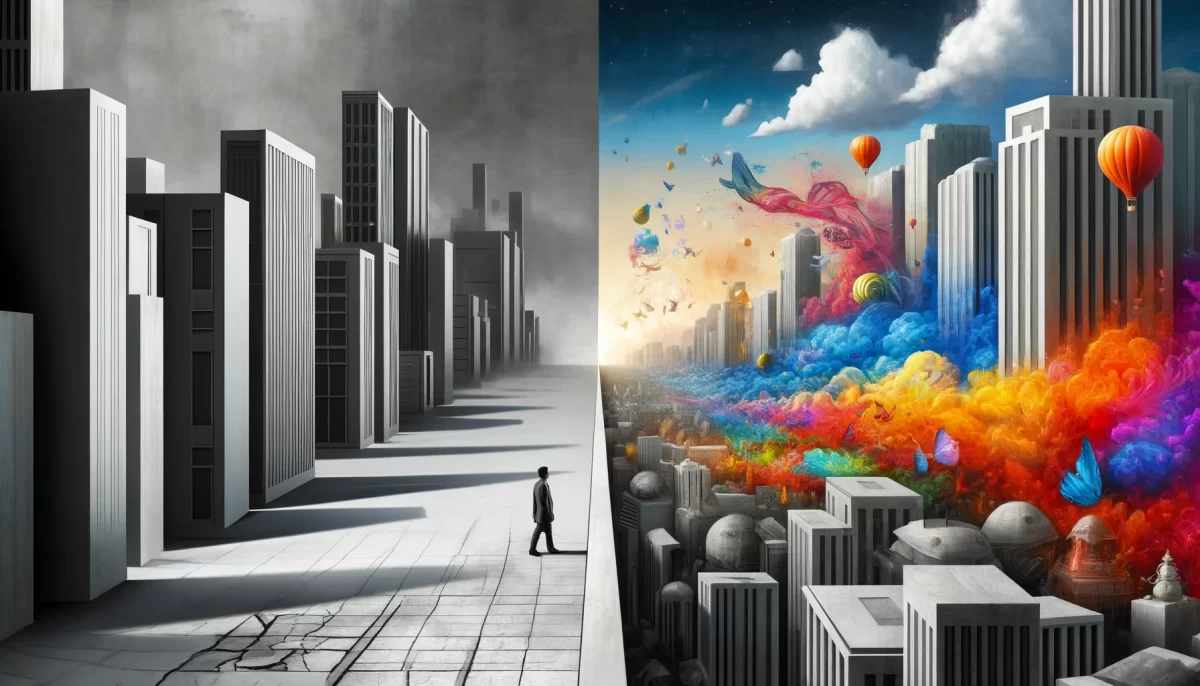

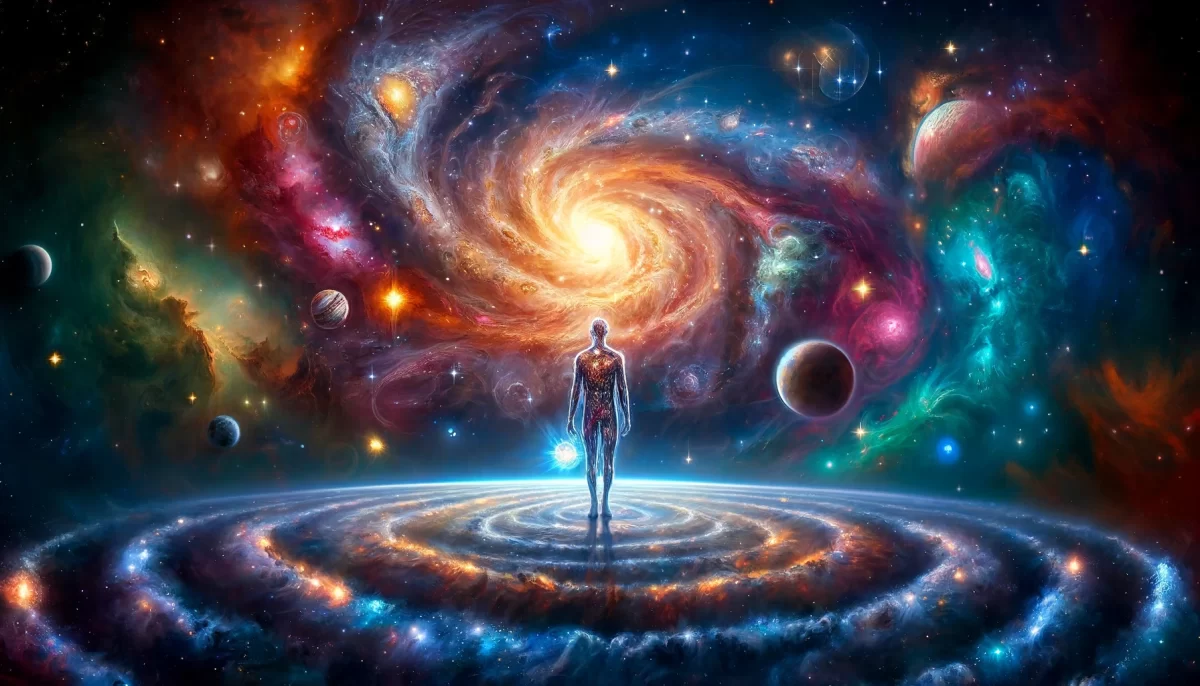

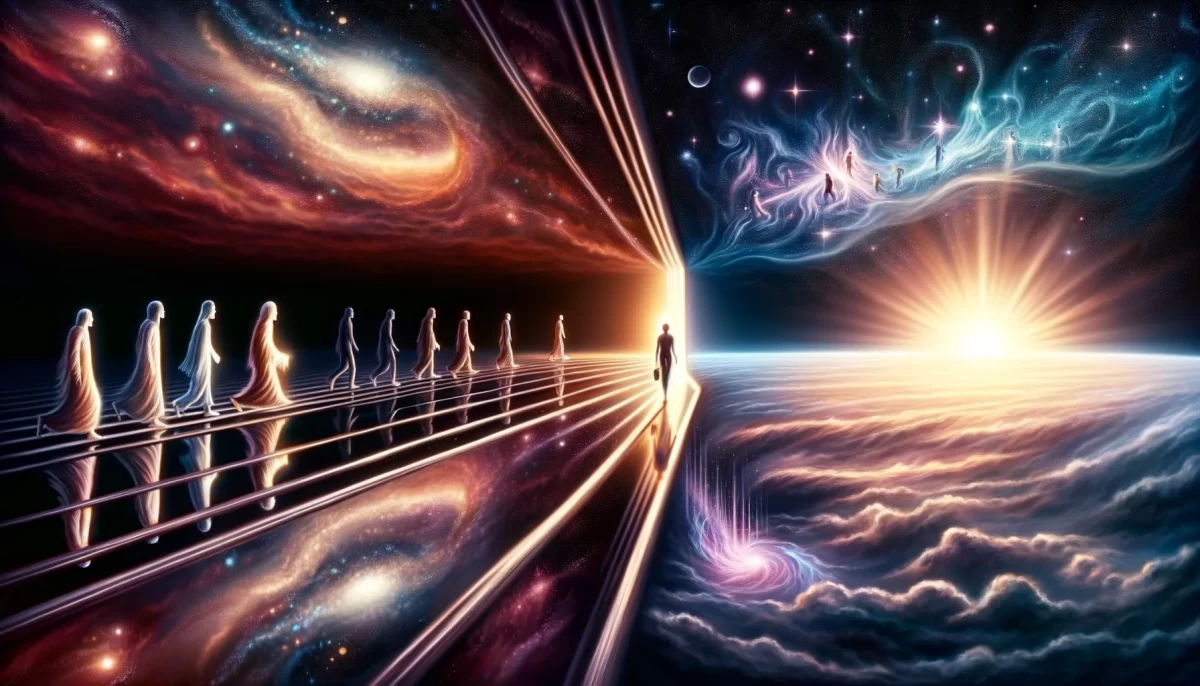
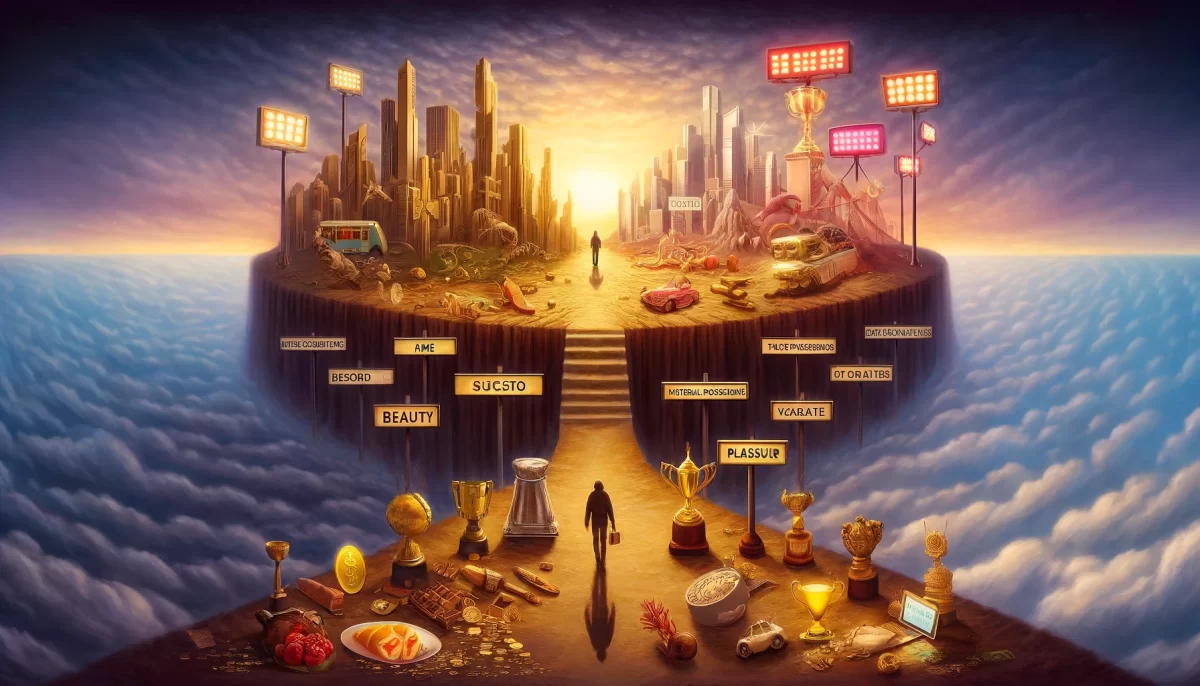


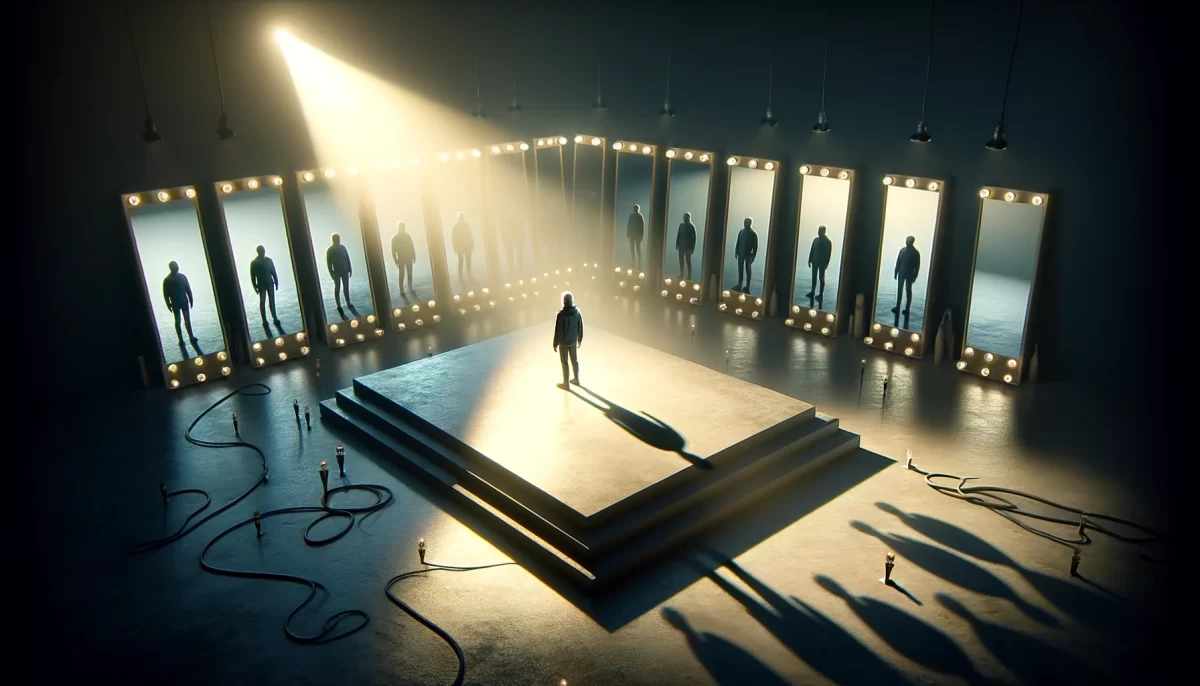
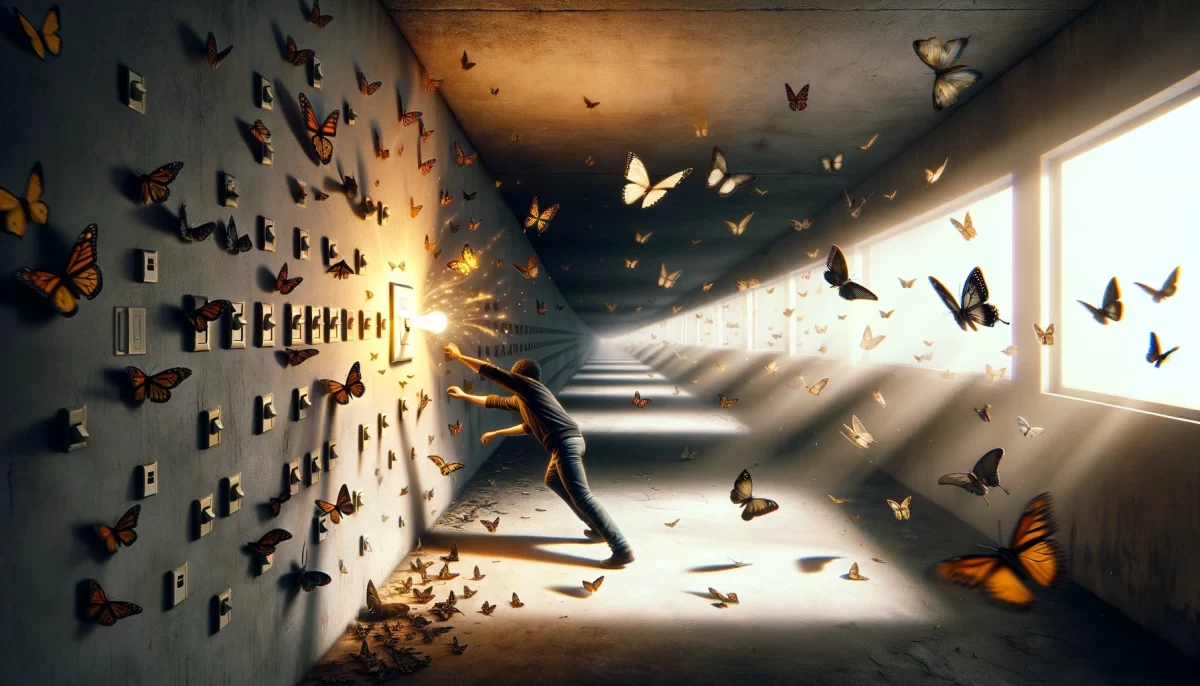



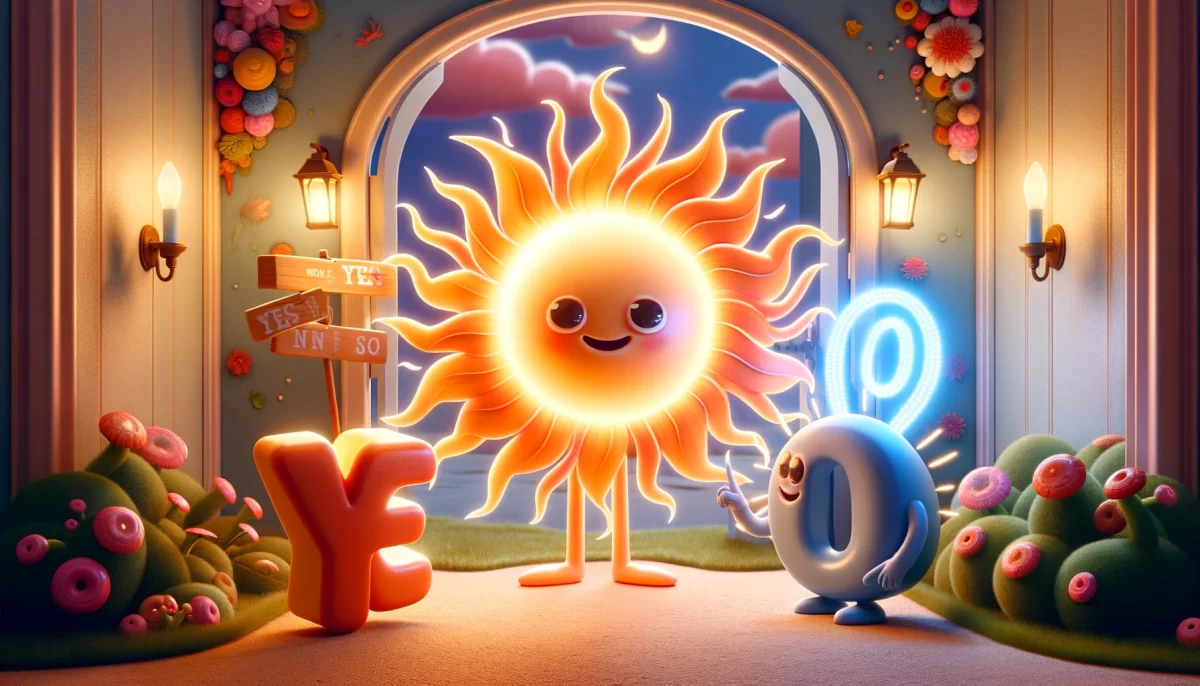
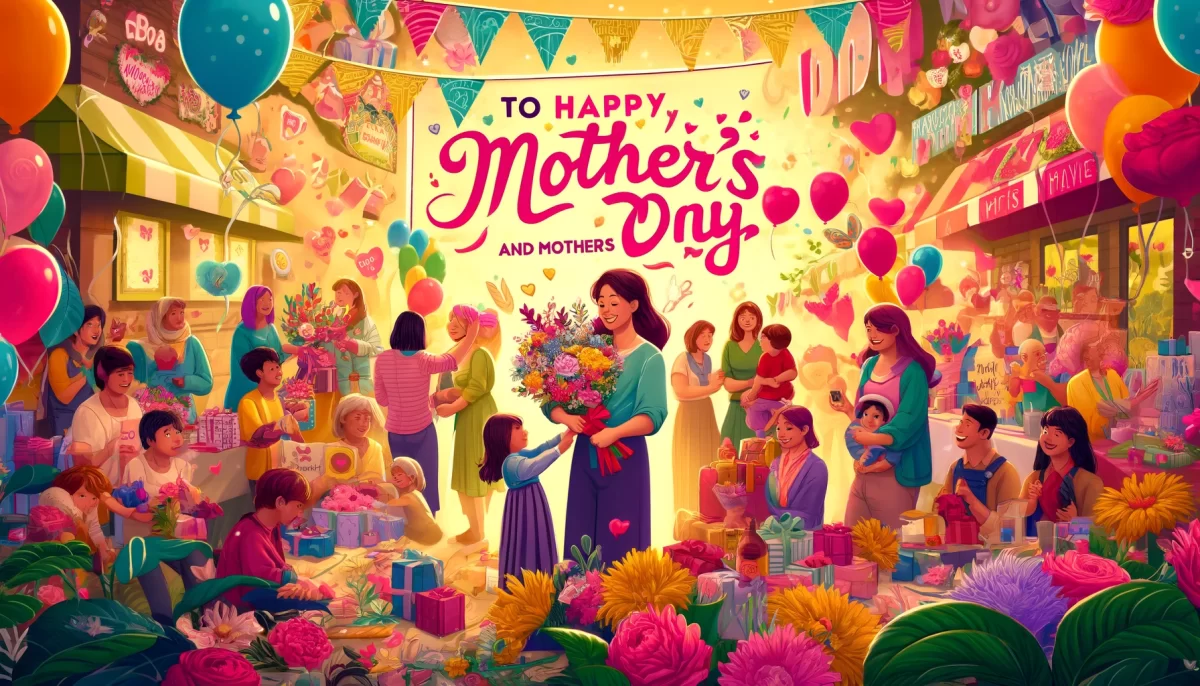
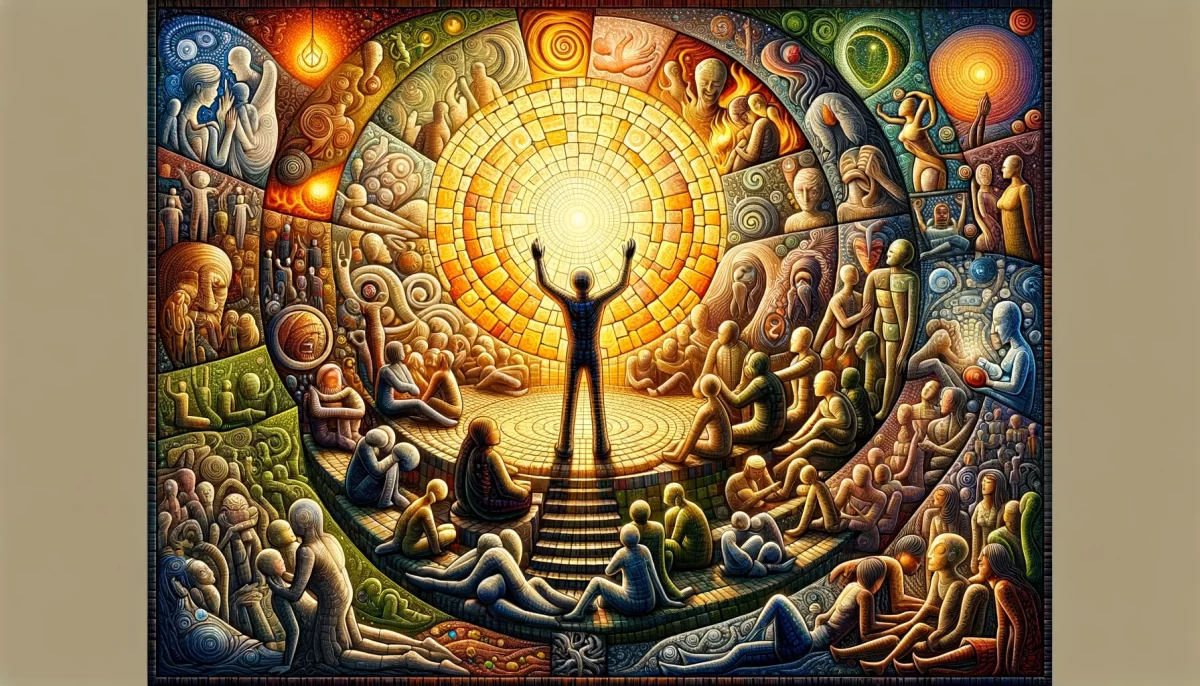
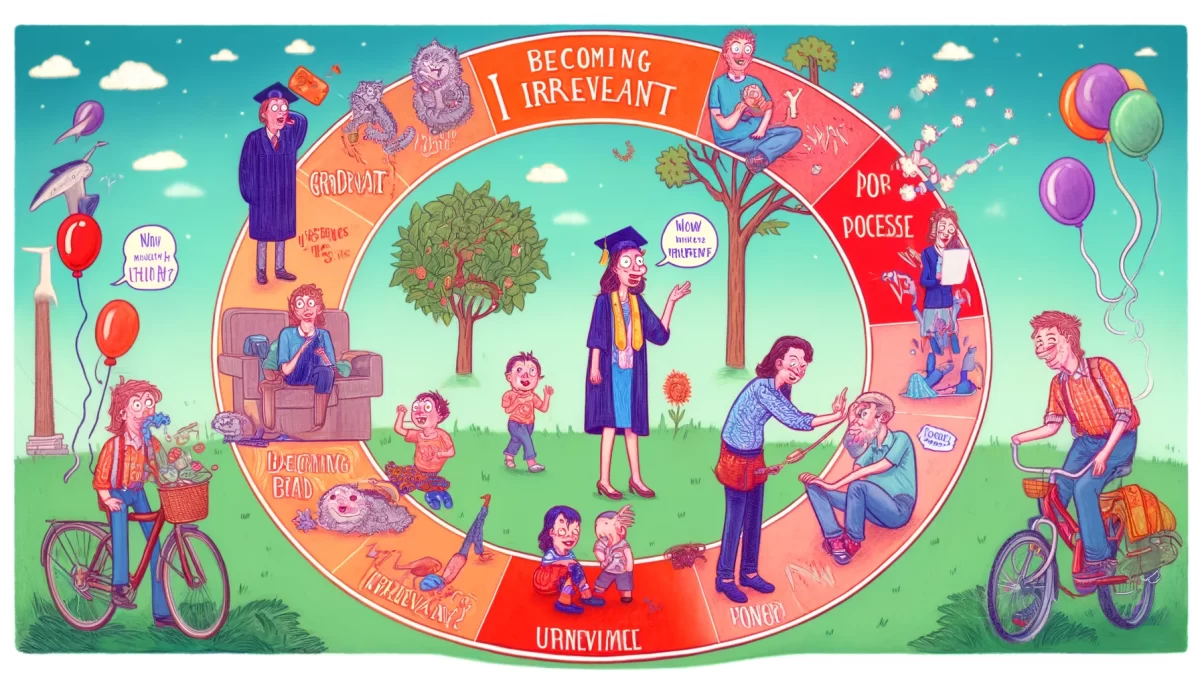
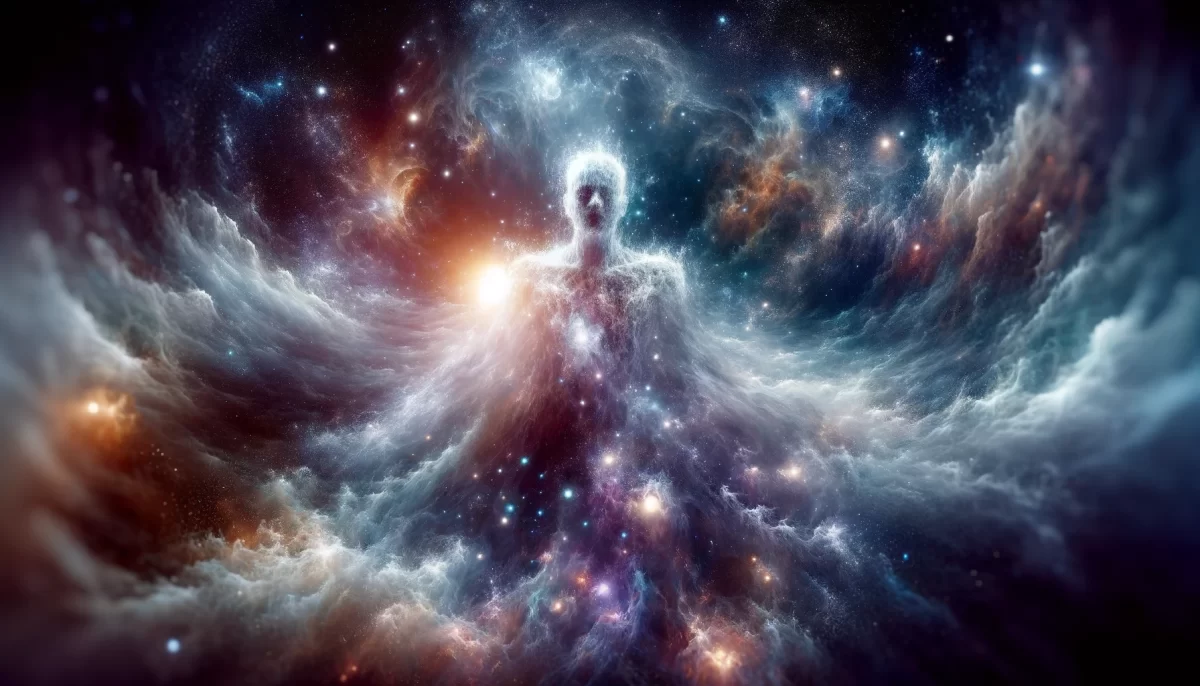
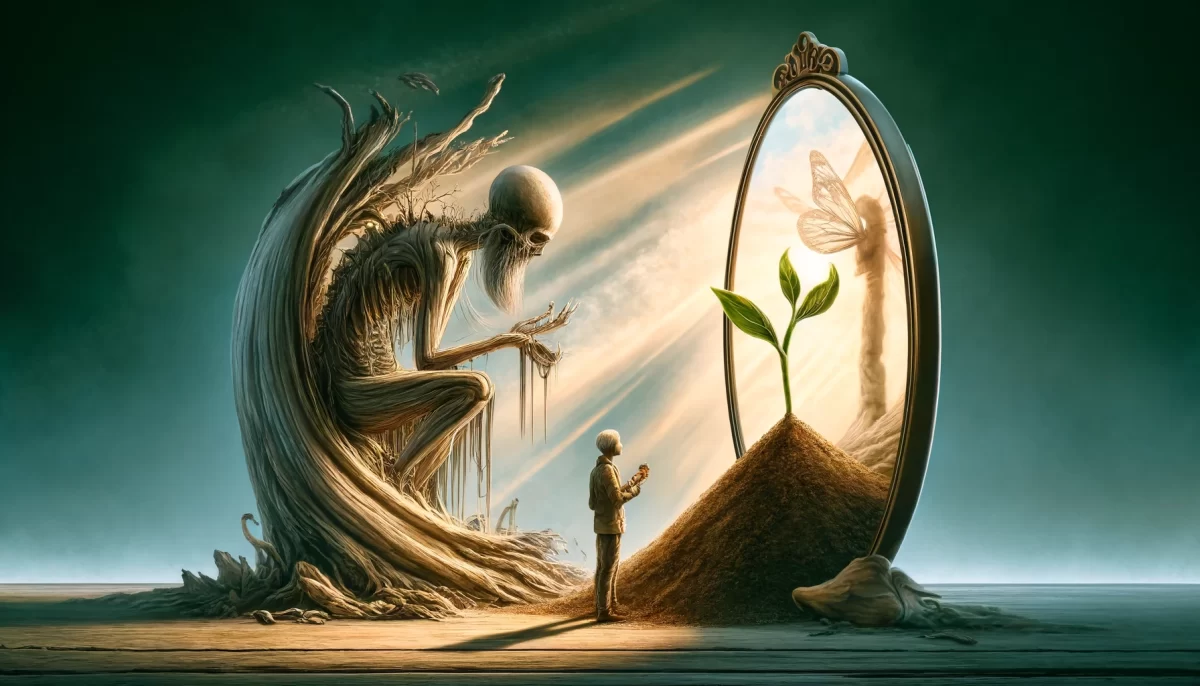
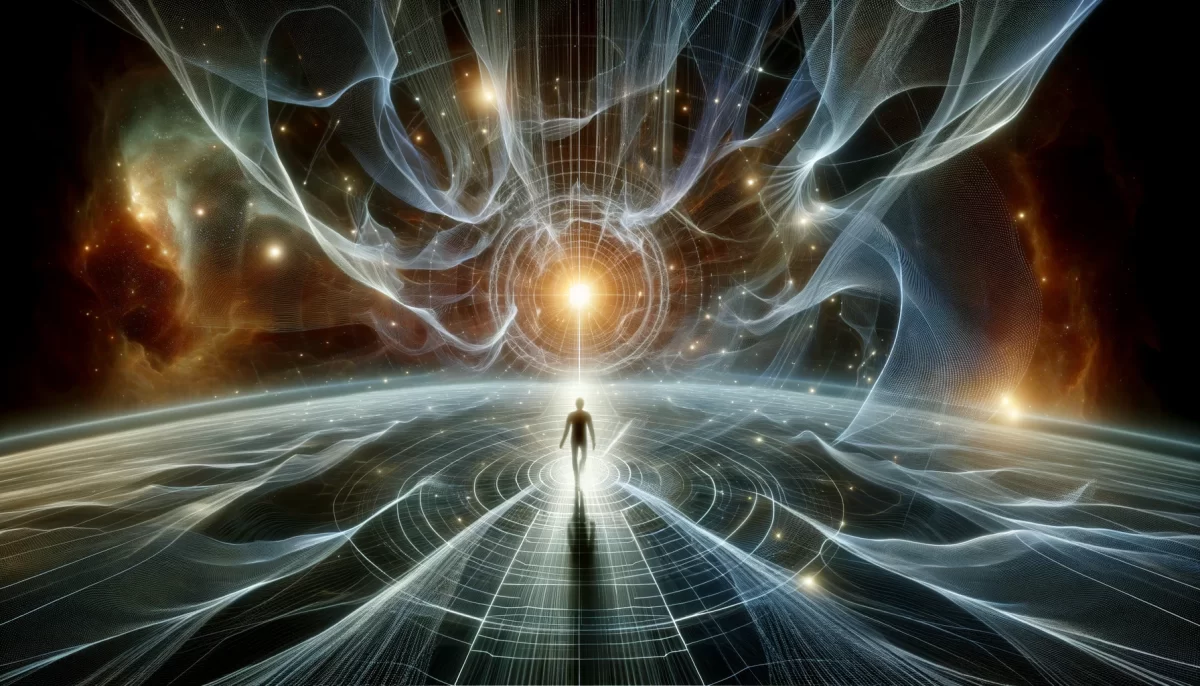

The poem “My Seeming World” explores the contrast between two perspectives: one characterized by certainty and a concrete understanding of the world, and the other defined by imagination and the perception of possibilities. The speaker acknowledges the seeming nature of their own world, emphasizing the subjective nature of reality.
The poem reflects a dichotomy between the perceived stability of the “real” world and the perceived fluidity of the “seeming” world. The use of words like “live,” “seem,” and “imagine” suggests a sense of uncertainty and a distinction between appearance and truth. The speaker implies that their world is shaped by their own projection and understanding, emphasizing the idea of personal agency and control.
The contrast between the two worlds extends further with the notion of certainty versus possibility. The speaker sees their world as a realm of imagination, where the boundaries are flexible and potential abounds. In contrast, the “real” world is seen as rigid and unyielding, lacking the same sense of openness.
The speaker acknowledges their own struggle to exert control over their world, expressing a belief that self-control is the key to controlling their reality. However, they admit that they have not yet achieved this mastery, leaving room for personal growth and development.
The poem concludes with a reflection on the chosen nature of the speaker’s world. Despite its apparent lack of control, they maintain a belief that there is a reason for it. This acceptance of the seeming chaos suggests a willingness to embrace the unknown and find meaning within it.
Overall, the poem delves into the subjective nature of reality, highlighting the contrast between certainties and possibilities, control and imagination. It encourages introspection and a recognition of personal agency in shaping one’s own world, even within the seeming chaos of existence.